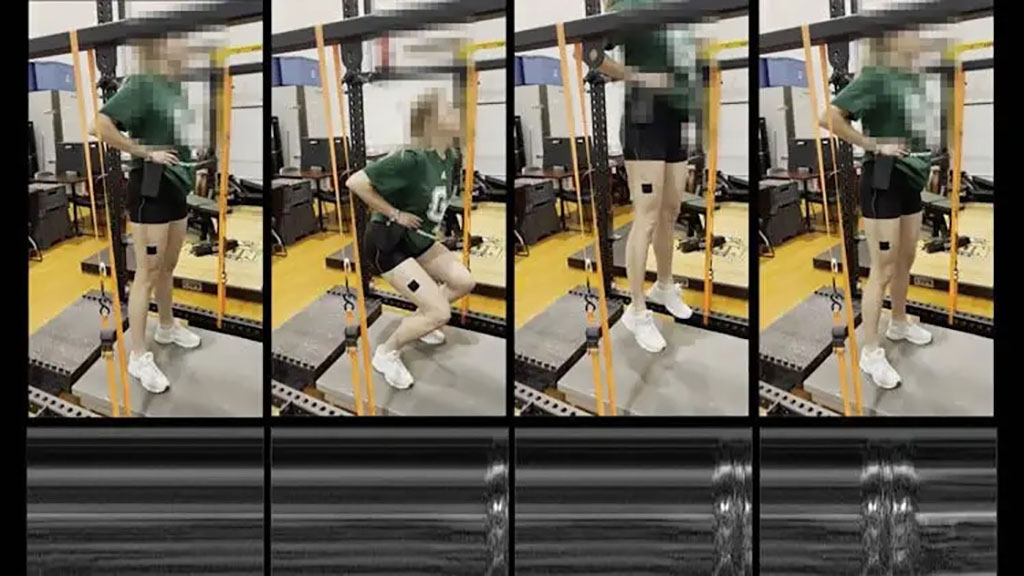Wearable Ultrasound Monitor Provides Unprecedented Insight into Body Dynamics
Posted on 06 Dec 2023
Millions of individuals globally suffer from musculoskeletal injuries annually, leading to lengthy and complex recovery processes. Typically, this recovery involves rehabilitation, where patients gradually regain muscle strength while their injuries heal. Medical professionals assess the progress of these patients through various tasks and exercises. However, accurately assessing muscle function in real time during these dynamic activities poses significant challenges. To address this, researchers have innovated a wearable ultrasound system capable of providing valuable insights into muscle function during active physical movements.
Existing medical technologies allow healthcare providers to delve into the internal functions of a patient's body, but their utility is often limited when the patient is in motion. Researchers from George Mason University (Fairfax, VA, USA) have developed a wearable ultrasound device that adapts to patient movement, offering an unprecedented level of insight into body dynamics. Creating this wearable ultrasound involved more than adapting existing technology; it required a fundamental rethinking of ultrasound systems.

Traditional ultrasound systems function by emitting short pulses and using the resulting echo signals to create images useful in clinical settings. In contrast, the new system developed by the researchers employs a unique method involving the transmission of extended-duration chirps. This innovation allows for ultrasound sensing using components similar to those found in standard car radios. This shift in approach enabled the development of a simpler, more cost-effective system that could be scaled down and powered by batteries. The result is a compact, portable ultrasound monitor that can be comfortably worn by patients. The research team is now focused on enhancing this device further and creating software solutions to rapidly process and interpret the ultrasound data captured.
“For instance, when an individual is performing a specific exercise for rehabilitation, our devices can be used to ensure that the target muscle is actually being activated and used correctly,” said Parag Chitnis of George Mason University who led the research team. “Other applications include providing athletes with insights into their physical fitness and performance, assessing and guiding recovery of motor function in stroke patients, and assessing balance and stability in elderly populations during routine everyday tasks.”
Related Links:
George Mason University














